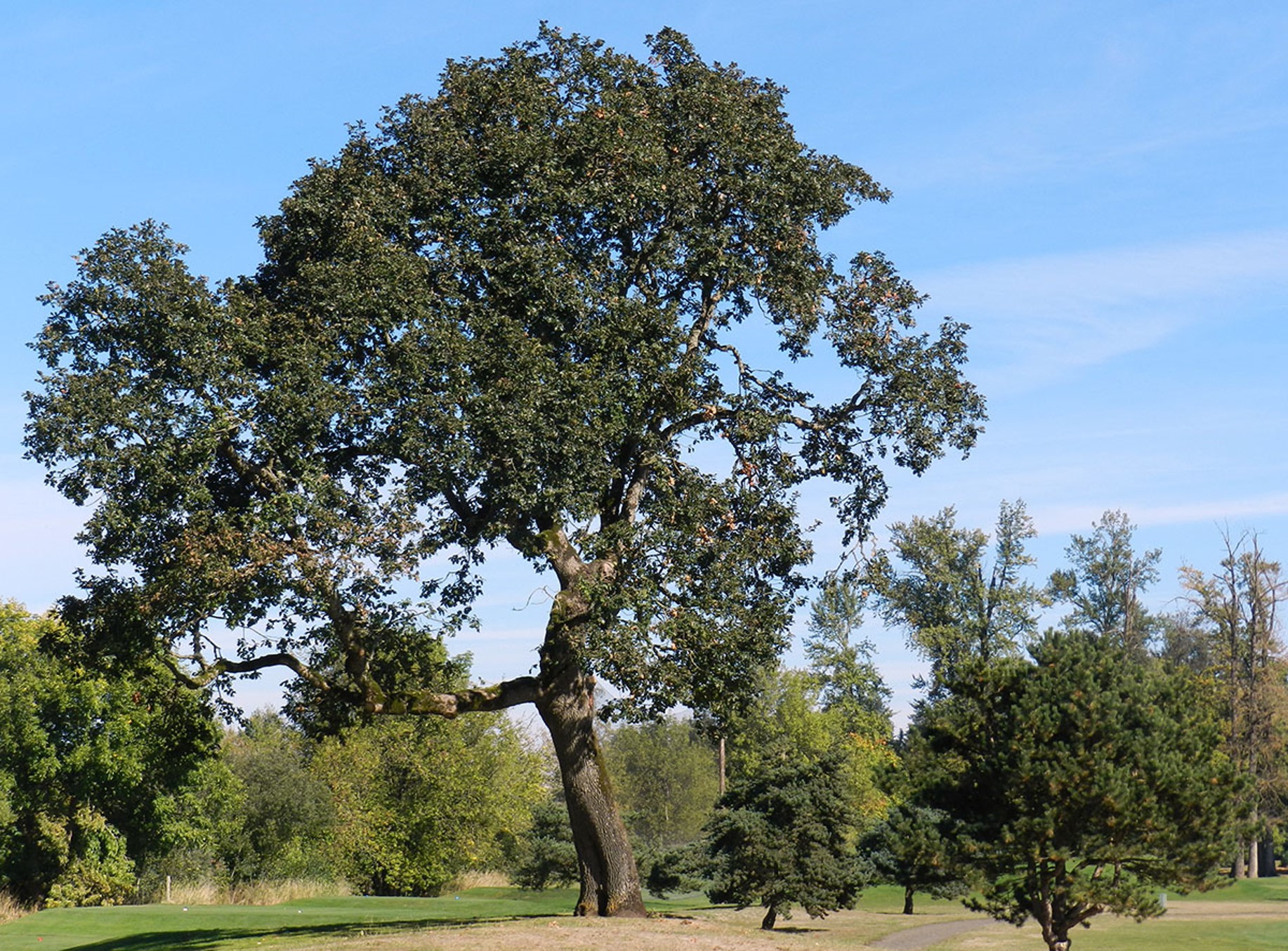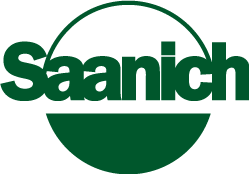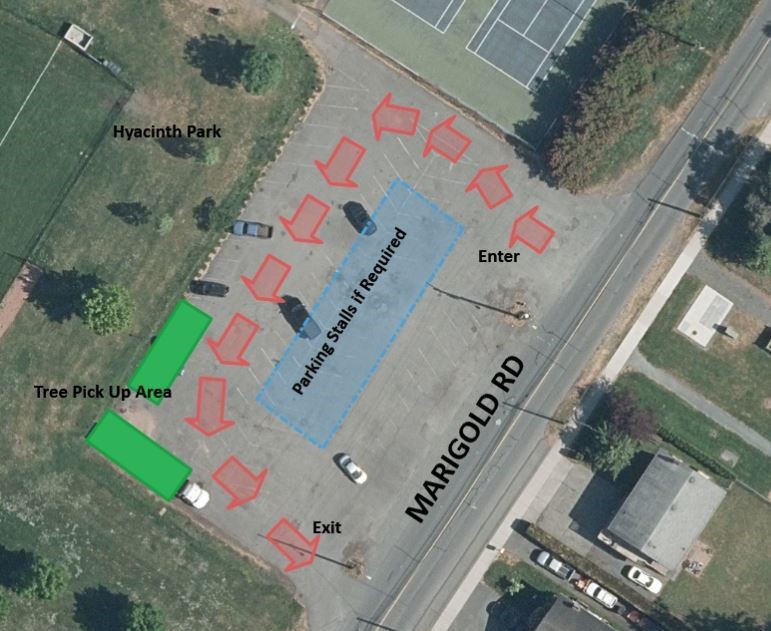In celebration of National Tree Day 2025, we offer residents a FREE tree to plant on your private property. Our 2025 giveaway is now complete.
Thank you to all residents who applied to help grow and care for our urban forest!

Trees are handed out on National Tree Day in early November 2025. All species will be between 2'-3' (60 to 90 cm) tall in 5 or 7 gallon pots. Parks staff will be onsite to provide trees to pre-registered Saanich residents and provide tree planting and aftercare information. A pick up reminder email will go out to all pre-registered participants prior to the event.
Who qualifies for a FREE tree?
- Must be a Saanich resident
- One tree per household
- Trees are to be planted on private land not in municipal Parks or boulevard
- Giveaway trees are not to be counted as "replacement trees" for an active Tree Cutting Permit
How do I sign up for a FREE tree?
Details will be available here once the next giveaway event is open.
When and where will my 2025 tree be available for pickup?
Pick-up will be available on Saturday, November 8th at Hyacinth Park from 10 am to 12 noon, coinciding with Tree Appreciation Day. Details will be emailed prior to pickup.


